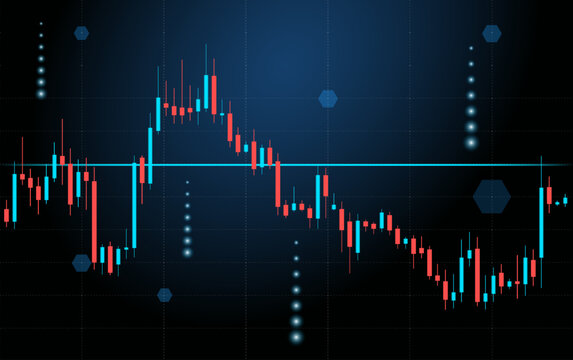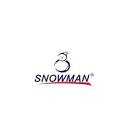Share the post "Shareholding Pattern: Shareholding Pattern TANFAC Industries FY(Q1-Jun 2023-2024)"
TANFAC Industries has released its latest shareholding reports, covering the quarter and the first half of the fiscal year ending on (Q1-Jun 2024-2024).This detailed report examines who owns shares, including Promoters, promoter groups, Foreign investors, public investors, and government entities.
| Shareholder Name |
Previous Quater Quantity(In Crores) |
Current Quater Quantity(In Crores) |
Previous Quater Shares(in %) |
Current Quater Shares(in %) |
Quater to Quater Difference |
| Promoters |
0.52 |
0.52 |
51.81 |
51.81 |
0 |
| Public |
0.48 |
0.48 |
48.08 |
48 |
-0.08 % |
| DII
|
0.00 |
0.00 |
0.11 |
0.19 |
+0.08 % |
| FII
|
0 |
0 |
0 |
0 |
0 |
| Government
|
0 |
0 |
0 |
0 |
0 |
Promoters shareholding remained stable, at 51.81% in both March 2024 and June 2024. This indicates that the promoters’ control over the company did not change during this period. The percentage of shares held by the public decreased from 48.08% in March 2024 to 48% in June 2024.This reduction indicates that the public’s stake in the company diminished during this period.DIIs (Domestic Institutional Investors) shareholding increased from 0.11% in March 2024 to 0.19% in June 2024 , indicating that domestic institutions increased their stake in the company by 0.08% .
Let’s look into the statistics of the investors, which could have contributed to the fluctuations in the shareholding pattern.
| Shareholder Name |
Previous Quarter Quantity (In Crores) |
Current Quarter Quantity (In Crores) |
Previous Quater Shares (in %) |
Current Quater Shares (in %) |
Quater-to-Quater Difference (%) |
| Resident Individuals holding nominal share capital up to Rs. 2 lakhs |
0.165 |
0.164 |
16.54 |
16.43 |
-0.11 % |
| Resident Individuals holding nominal share capital in excess of Rs. 2 lakhs |
0.081 |
0.081 |
8.09 |
8.08 |
-0.01 % |
| Non Resident Indians (NRIs) |
0.005 |
0.006 |
0.54 |
0.61 |
+ 0.07 % |
| Bodies Corporate |
0.161 |
0.161 |
16.17 |
16.13 |
-0.04 % |
Observations show a significant difference of -0.11 % in Resident Individuals holding nominal share capital up to Rs. 2 lakhs’s financial performance between quarters.Observations show a significant difference of -0.01 % in Resident Individuals holding nominal share capital in excess of Rs. 2 lakhs’s financial performance between quarters.Leading the way to higher stakeholding, Non Resident Indians (NRIs) has significantly boosted stakeholding by an impressive 0.07 %.Observations show a significant difference of -0.04 % in Bodies Corporate’s financial performance between quarters.
| Shareholder Name |
Previous Quarter Quantity (In Crores) |
Current Quarter Quantity (In Crores) |
Previous Quater Shares (in %) |
Current Quater Shares (in %) |
Quater-to-Quater Difference (%) |
| Alternate Investment Funds |
0.001 |
0.001 |
0.05 |
0.13 |
+ 0.08 % |
The latest quarter saw a considerable enhancement in stakeholding for Alternate Investment Funds, reflecting an uptick of 0.08 % in their shares.
Ashish Kacholia, Vanaja Sundar Iyer, these shareholders are the Anchor investors of current and previous quarter.
[my_shortcode1 values=”TANFAC Industries “]

![[fetch_key]](https://stocktradeupdates.com/wp-content/uploads/new_logos/TANFACIND.png)

![[fetch_key]](https://stocktradeupdates.com/wp-content/uploads/new_logos/BCONCEPTS.png)
